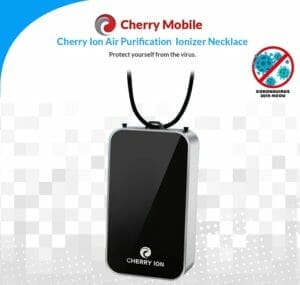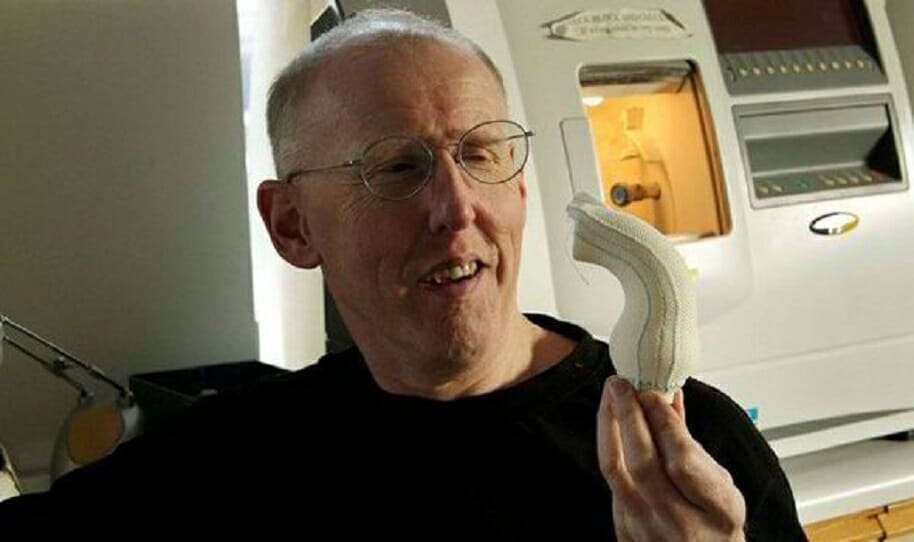Powered by Wastewater
Wastewater microbial fuel cell breakthrough.
According to two Virginia Tech researchers, they have found a way to maximize the amount of electricity that could be generated from wastewater.
In an article that was published in Scientific Reports, Xueyang Feng and Jason He traced bacteria that let them to discover that the two specific substrates could produce more energy than either of them did separately.

The researchers said that this could help in the development of a new treatment system called a microbial fuel cell.
 In their Blacksburg, VA, lab, they observe bacteria. Feng is an assistant professor in the College of Agriculture and Life Sciences and the College of Engineering, and He is an associate professor in the College of Environmental Engineering.
In their Blacksburg, VA, lab, they observe bacteria. Feng is an assistant professor in the College of Agriculture and Life Sciences and the College of Engineering, and He is an associate professor in the College of Environmental Engineering.
Their study of bacteria has led them to discover a remarkable symbiotic relationship between two substrates that generate more energy when combined than they do independently. This miniscule discovery has enormous implications in the world of renewable energy, particularly for the generation of electricity by microorganisms.

Microbial fuel cells (MFCs) use bacteria as catalysts to oxidize organic and inorganic matter, and generate current.
The idea of using microbial cells to produce electricity was first conceived in 1911 by M. Potter, a professor of botany at the University of Durham who, in his studies of how microorganisms degrade organic compounds, generated electricity from E. coli bacteria.
The results of this work encouraged the further development of microbial fuel cells, especially system scaling up. The He lab is currently operating a 200-L microbial fuel cell system in a local wastewater treatment plant for evaluating its long term performance with actual wastes.

Mr. Feng, an assistant professor of biological systems engineering said “Tracing the bacteria gave us a major piece of the puzzle to start generating electricity in a sustainable way. This is a step toward the growing trend to make wastewater treatment centers self-sustaining in the energy they use.”
The researchers found out that when lactate and formate—the two substrates—combine, the energy output is far greater that when they work individually. They work in tandem with receptors in fuel cells.
Source: Virginia Tech
The discovery is important because not all organics perform the same job in the same way. Some work because they are food for the electricity-generating bacteria while others are good at conducting energy.
While one substrate known as lactate was mainly metabolized by its host bacteria to support cell growth, another substrate known as formate was oxidized to release electrons for higher electricity generation.

The team found that when these two substrates are combined, the output of energy is far greater than when they are working separately.
The organics work in tandem with receptors in fuel cells, and while research using microbial fuel cells is not new, the kind of organics that Feng and He used was novel in generating electricity because they were able to measure the symbiotic nature of two particular organics.




















